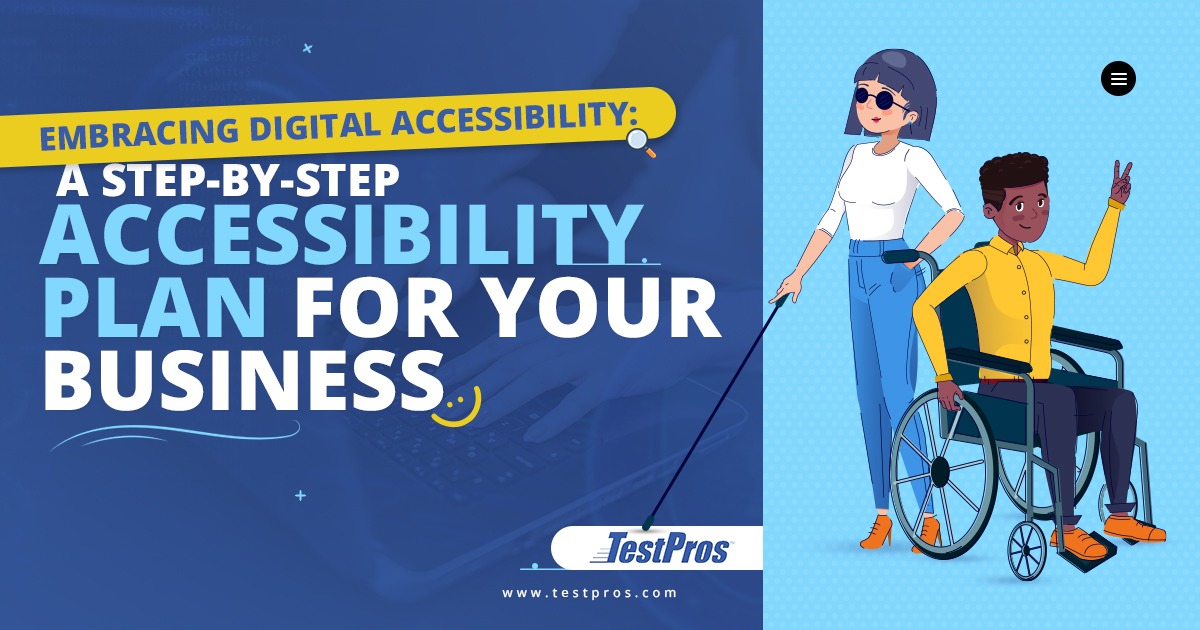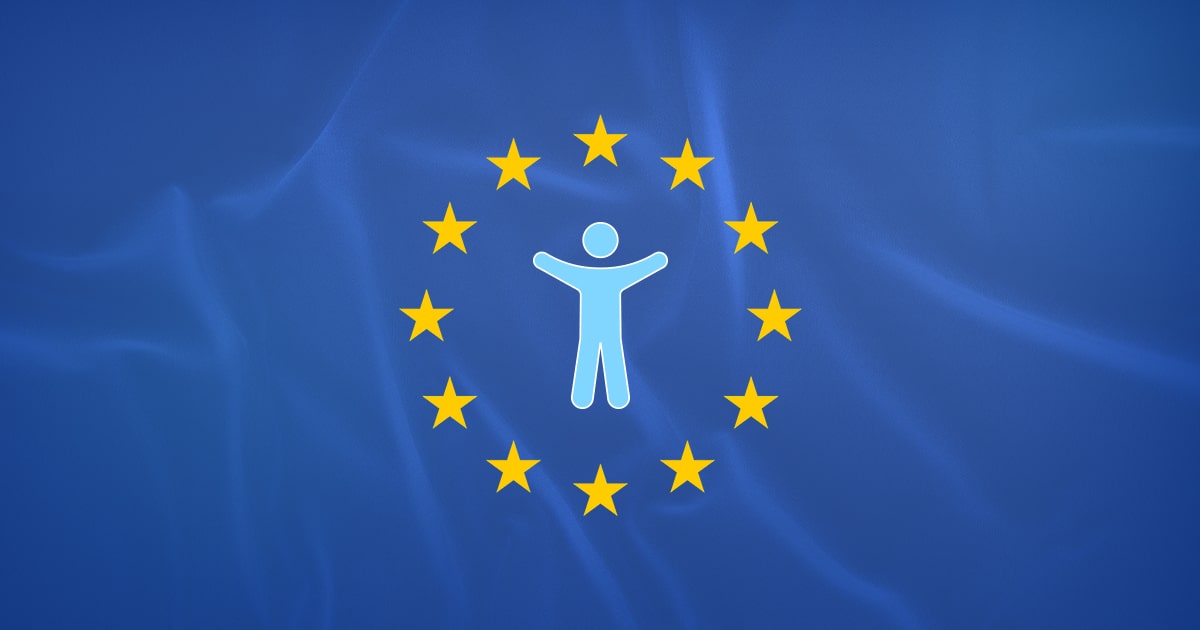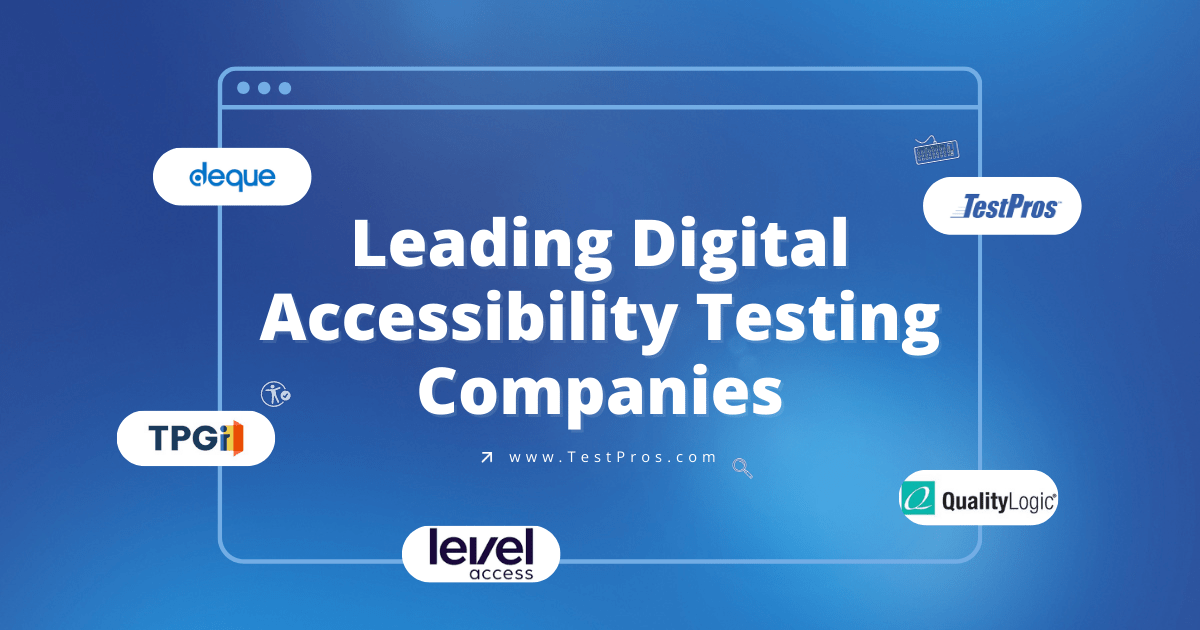In our modern world, technology plays a pivotal role from the moment we wake up, be it through an alarm, reading an ebook, streaming our favorite series, or using GPS to navigate to a loved one’s new home. Technology has seamlessly interwoven itself into the fabric of our daily lives, making it indispensable. This integration underscores the importance of ensuring digital services are accessible to everyone, including individuals with disabilities.
This guide aims to navigate you through the fundamental steps to devising a thorough digital accessibility strategy for your business, ensuring an inclusive online presence that aligns with legal requisites.
Why Investing in Digital Accessibility is a Smart Move for Your Business
- Legal Compliance: Adhering to the Americans with Disabilities Act (ADA) and Web Content Accessibility Guidelines (WCAG) is imperative to avoid legal complications.
- Expanded Audience Reach: The World Health Organization reports approximately 16% of the global population lives with some form of disability. By ensuring digital accessibility, you’re essentially broadening your customer base.
- Enhanced Social Reputation: Cultivating a socially responsible image isn’t just good ethics, it’s good business. Digital accessibility can contribute to a positive brand image and bolster brand credibility.
Crafting Your Digital Accessibility Plan
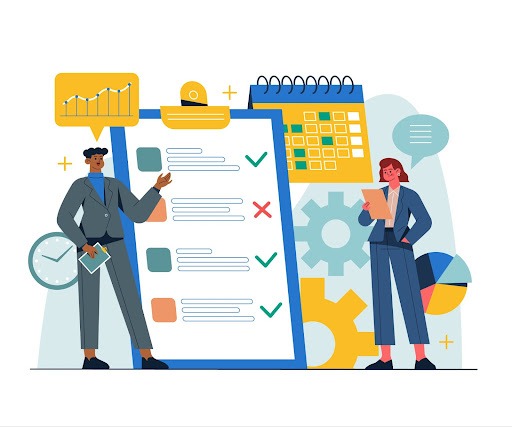
Step 1: Awareness is Key
Envision hosting a conference; you’d want it to be accessible to everyone, including individuals with disabilities. This requires ramps, sign language interpreters, and legible materials. Likewise, fostering a culture of accessibility within your digital platforms is crucial. Adhering to global accessibility standards like WCAG and ADA is a solid start.
Step 2: Setting Goals

Identify your accessibility milestones. For instance, you could aim to align your website with WCAG 2.0 standards within a year, and advance to WCAG 2.1 standards in the subsequent year, based on the extent of work required.
Step 3: Resource Allocation
Improving digital accessibility requires funding, expertise, and specialized tools. Make sure you collaborate with seasoned professionals in the field, who are well-versed with legal requisites.
Step 4: Team Education
Engage every department in your accessibility mission. This includes training content creators, designers, developers, evaluators, testers, managers, and policy makers in understanding and prioritizing digital accessibility.
Step 5: Implementation
Now’s the time to initiate changes that dismantle barriers for individuals with disabilities. This could involve enlarging clickable buttons on your website or incorporating captions for videos. If your business lacks these skills, you can seek help with remediation from an accessibility professional.
Step 6: Continuous Enhancement
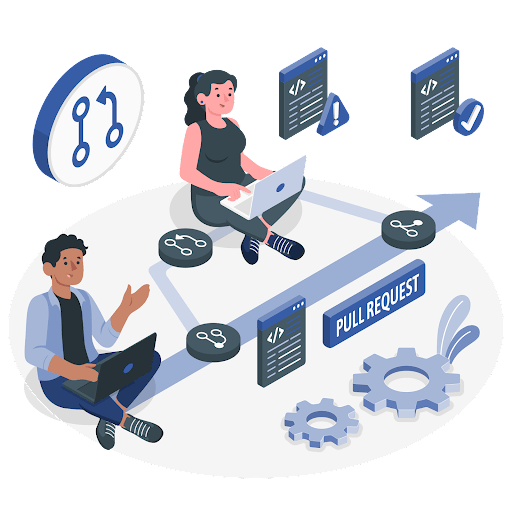
Regularly assess your digital content alongside individuals with disabilities, and value their feedback. Make adjustments as deemed necessary based on their insights.
Step 7: Display Your Dedication
Publicly express your dedication to digital accessibility. Consider sharing an accessibility statement on your website, along with contact details for reporting any issues.
Step 8: Consistent Monitoring
Frequently evaluate your digital content for ongoing accessibility, particularly when introducing new elements to your website or mobile application.
Step 9: Stay Engaged
Remain in sync with the accessibility community, attend relevant conferences, and continually learn to keep up with evolving trends and technologies.
Beyond Compliance: Fostering an Inclusive Digital Culture
Accessibility isn’t just about adhering to rules; it’s about fostering an inclusive culture within your organization. For example, if you’re hosting an online meeting, you can offer sign language interpretation for participants who are deaf or hard of hearing.
Addressing Barriers and Offering Assistance
Despite your best efforts, there may still be accessibility issues. Implement a program or service to address these promptly. For instance, if someone with a cognitive disability finds your app confusing, provide a simple tutorial or a help button for assistance.
Long-Term Outlook
Think of accessibility as a long-term investment, similar to ensuring that your physical event venue is always accessible. Over time, making new digital content accessible becomes easier and more cost-effective.
Your Blueprint for a More Accessible Tomorrow
Creating a comprehensive digital accessibility plan is not merely about abiding by legal mandates; it’s about making the digital realm an inviting, inclusive space for all. This commitment to digital accessibility not only benefits your business but contributes to a more inclusive and equitable digital realm for everyone.
Feel free to reach out to us; TestPros is here to assist in bringing your digital accessibility blueprint to fruition.

